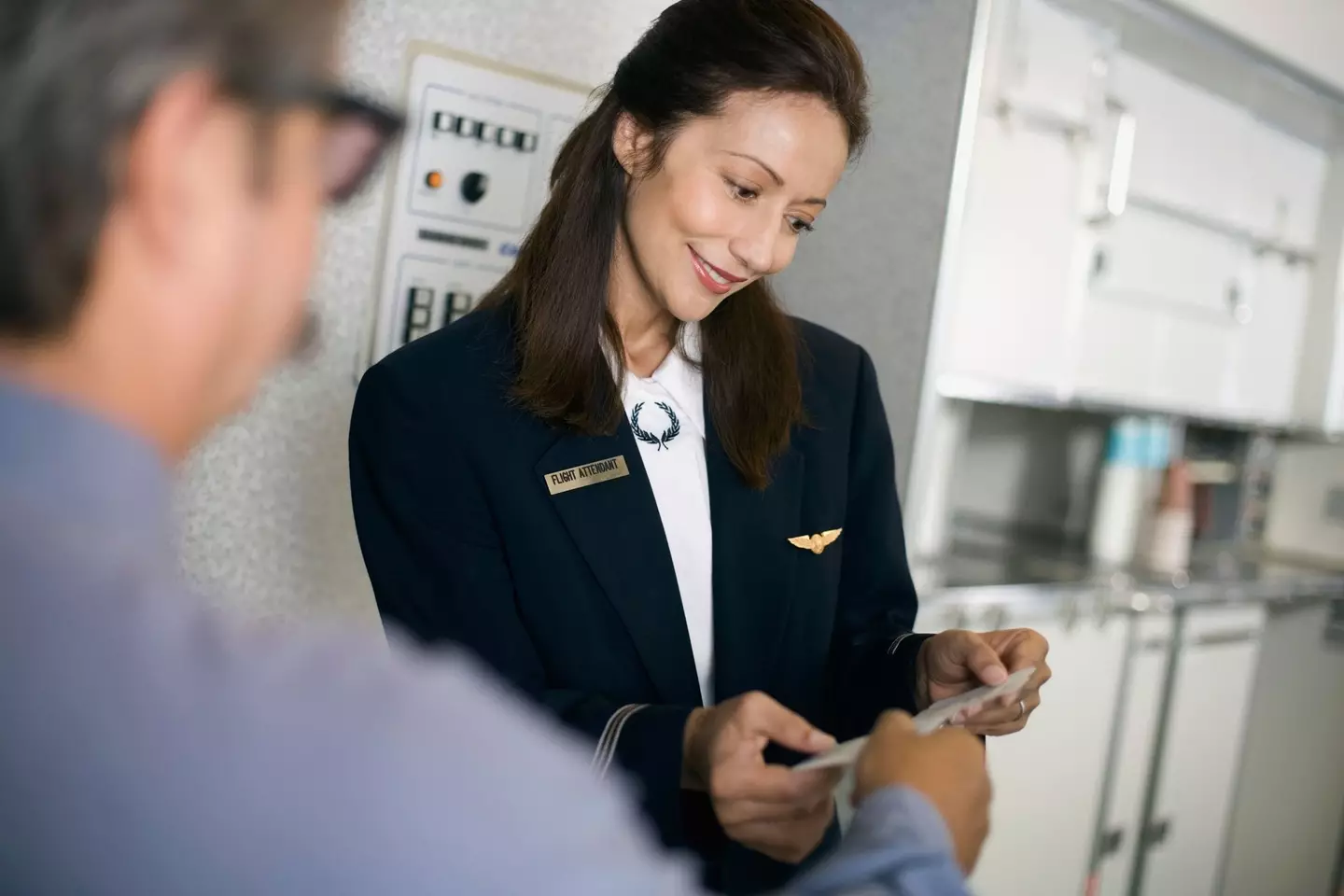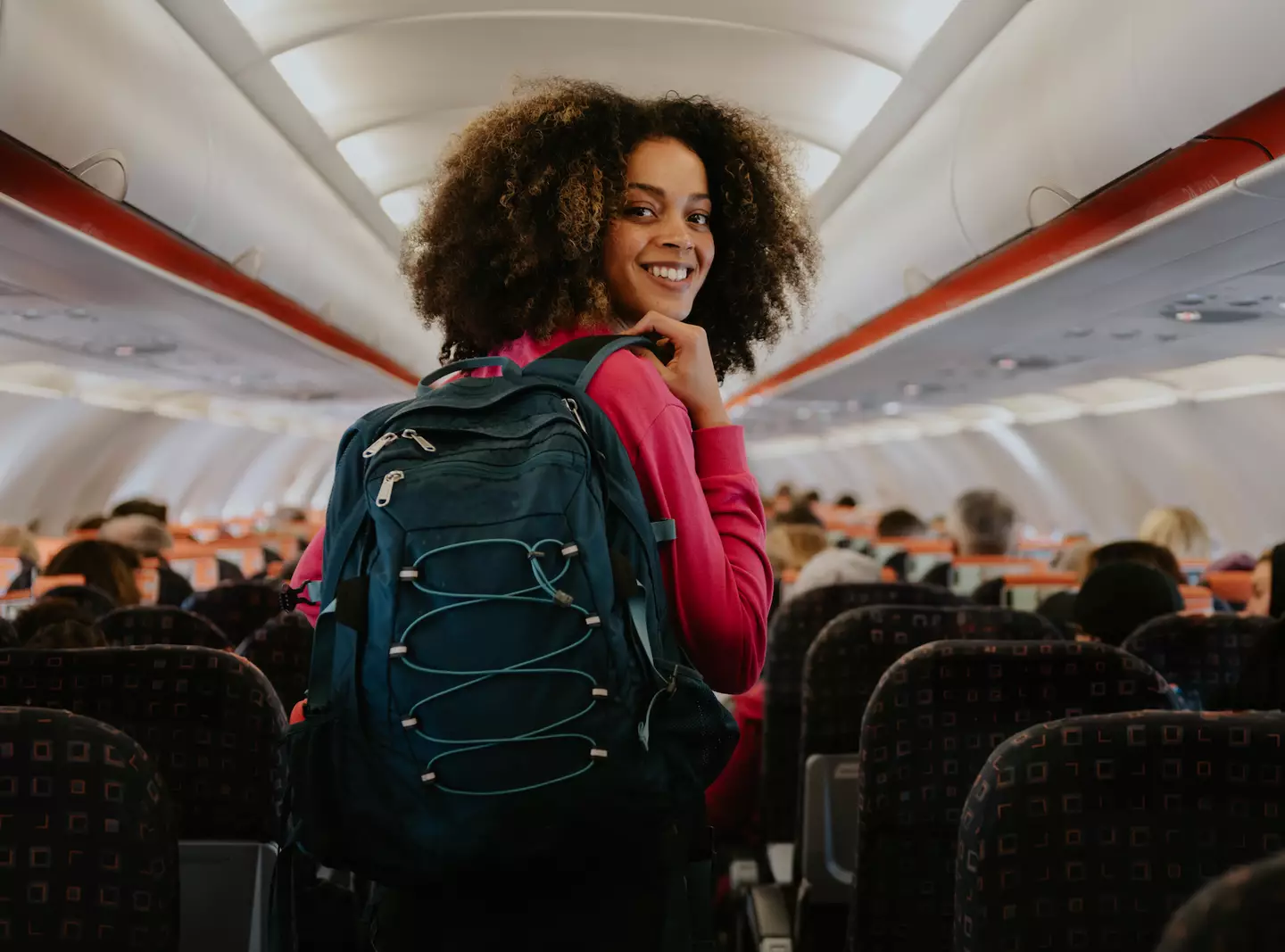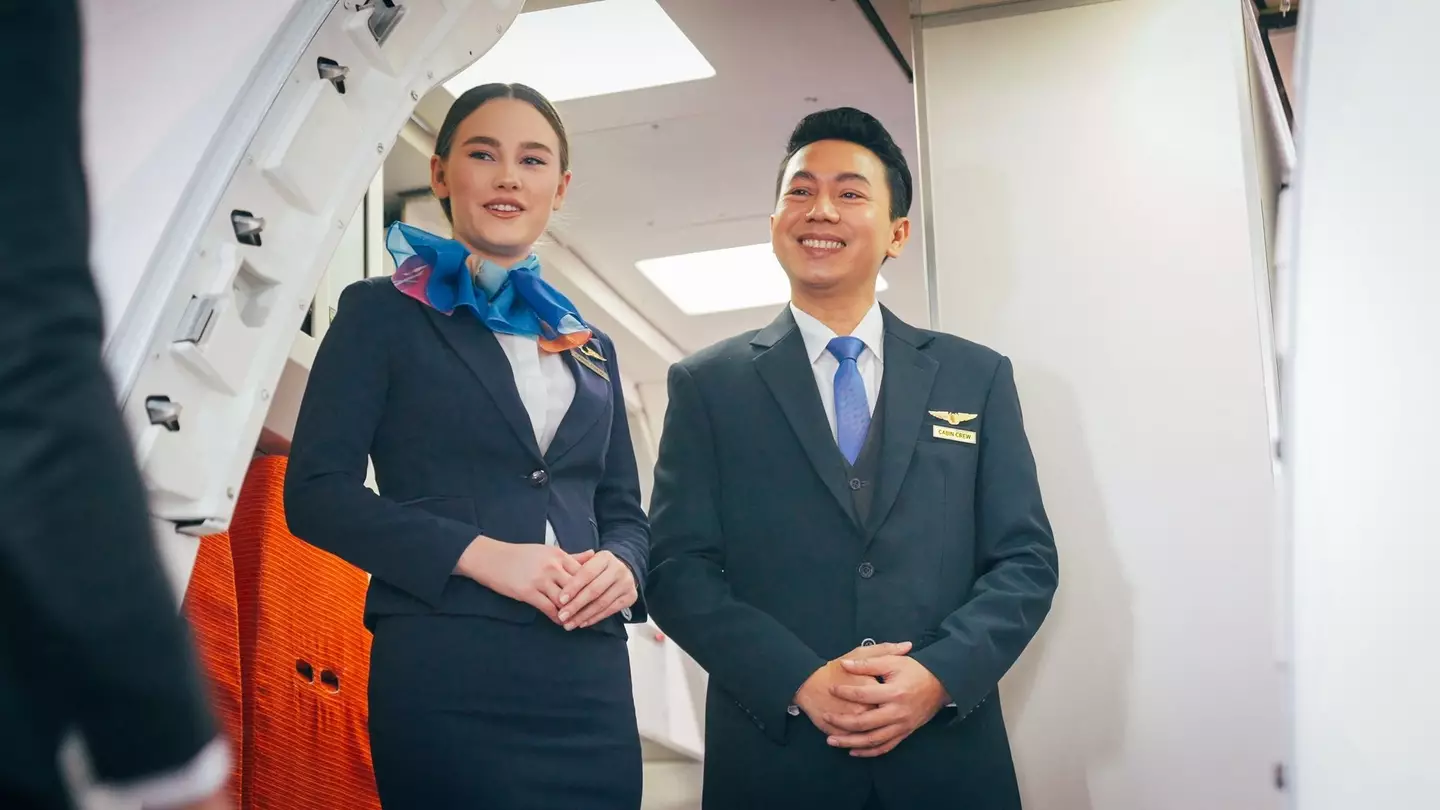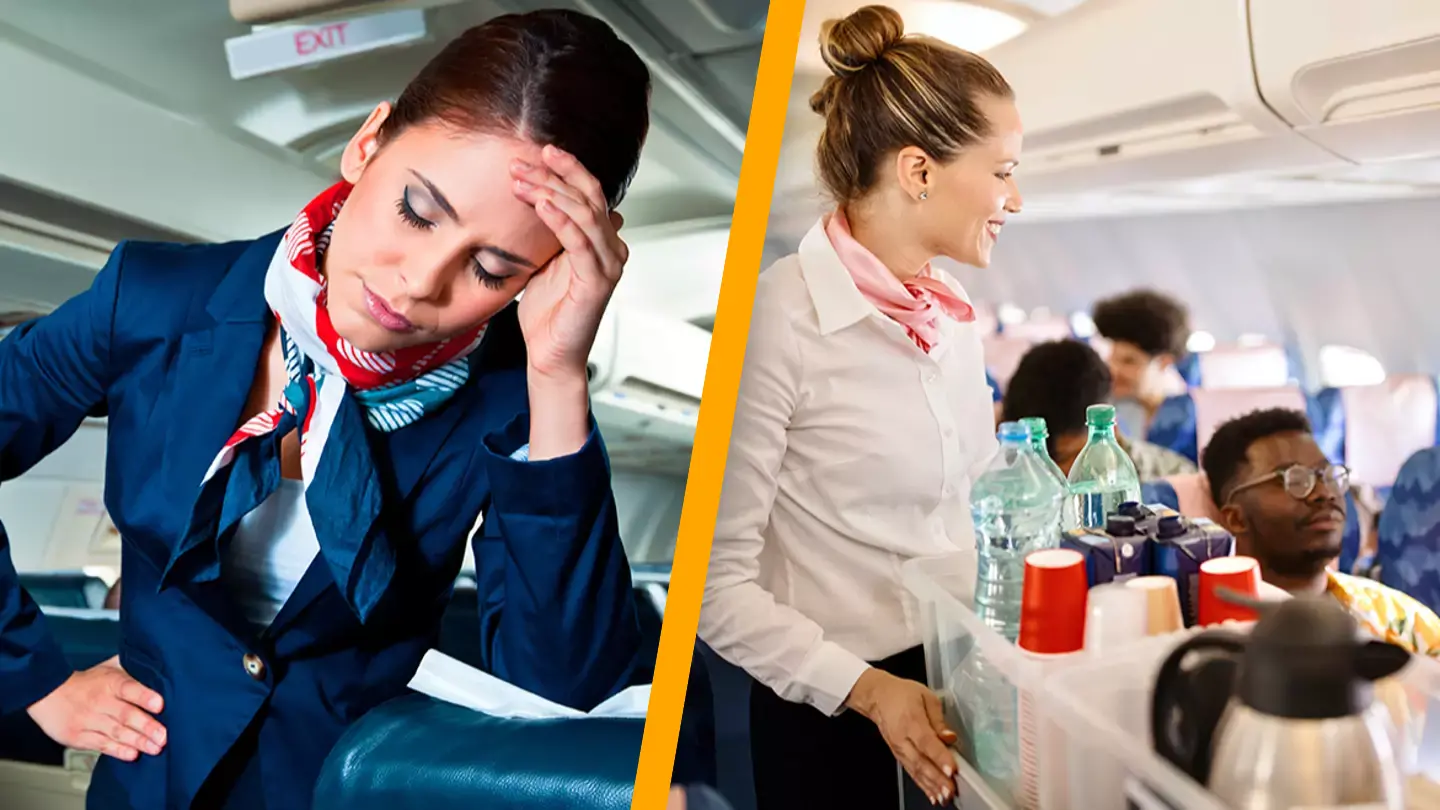Have you ever listened in on flight attendants exchanging words in what seems to be a secret code during a flight? It turns out you’re not the only one curious about it. These cryptic terms actually have specific meanings, and they may not be what you assume.
For those who don’t fly frequently, the aviation world is filled with complex jargon that can be confusing. Terms like ‘layover’ and ‘red eye’ might seem puzzling if trips to the airport are rare for you.
Flight attendants might contribute to this mystery with their own unique language used during flights. However, there’s no need for concern—these terms are primarily for the crew’s communication, serving as shorthand to convey longer phrases quickly.
While it might appear insignificant, using these terms can enhance efficiency for the crew, allowing them to manage tasks swiftly while airborne.

Fortunately, Travelandleisure.com has shared some of the secret phrases used by flight attendants during flights and their meanings.
According to APFA, a ‘crew base’ refers to the city or airport where flight crews start and end their work shifts. A flight attendant might mention they are returning to base, indicating the aircraft is heading back to their home location.
Blissom Booblé from Matador Network describes a ‘turn’ as a shift where a flight travels to a destination and immediately returns without the crew having downtime between these flights.
The HuffingtonPost notes that if a flight attendant mentions needing a ‘crash pad,’ it implies they won’t make it home for a day or two and will need to stay at a nearby location. Crash pads are like small hotels, offering shared bunk beds for attendants to use as needed.

‘Chimes’ refer to the bell sounds heard during a flight. When a passenger presses the service button, flight attendants refer to these as chimes along with the seat number. TikToker tommycimato provides more insights into what each chime can signify on a flight.
It may sound ominous, but as HuffPost explains, ‘crotch watch’ is simply flight attendants checking seat belts as they move down the aisle to ensure all passengers are securely fastened.
GlobeAir defines the ‘Galley’ as the area on a plane where food and drinks are prepared—essentially a compact kitchen located at the front of the aircraft.
As per Reader’s Digest, the title of ‘Galley King’ or ‘Galley Queen’ is given to a flight attendant who manages the galley, and they might be particular about its arrangement.
The ‘bulkhead’ of a plane, as noted by Matador Network, is a wall dividing different sections of the seating area. Restrooms and service stations are frequently located here, and ‘bulkhead seats’ refer to those positioned along this wall, often offering extra legroom.
Despite long, demanding shifts, flight attendants aim to maintain a polished appearance. Matador Network details how ‘Lips and Tips’ involve wearing matching lipstick and nail polish.

DailyPassport describes a ‘spinner’ as a passenger who boards without a seat assignment and must locate an empty seat. They often appear to spin around while searching for a spot.
Also mentioned by DailyPassport are ‘runners’—passengers who arrive late for their flight and are seen dashing through the airport to reach the gate before it closes.
Reader’s Digest defines ‘Cross-Check’ as the procedure where flight attendants ensure all doors are locked before take-off and ready for emergencies.
When landing, if the plane bounces briefly before settling, this is known among flight attendants as the ‘two-for-one special,’ which can be alarming for those with a fear of flying, according to DailyPassport.
This term likens passengers to cattle temporarily confined to a pen. It describes the period after the boarding announcement but before group numbers are called, leading to passengers clustering at the gate.
Keep these terms in mind the next time you fly, understanding that flight attendants are there to assist rather than perplex you!

